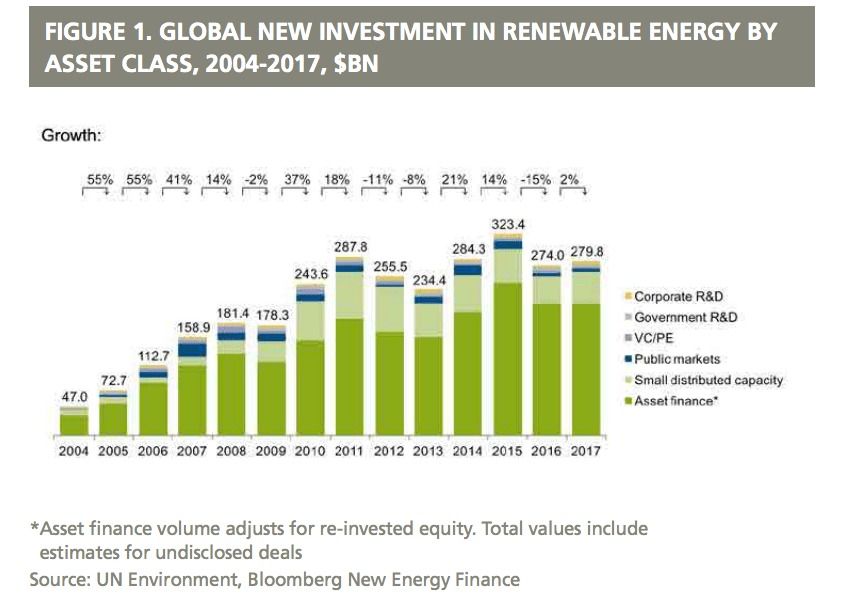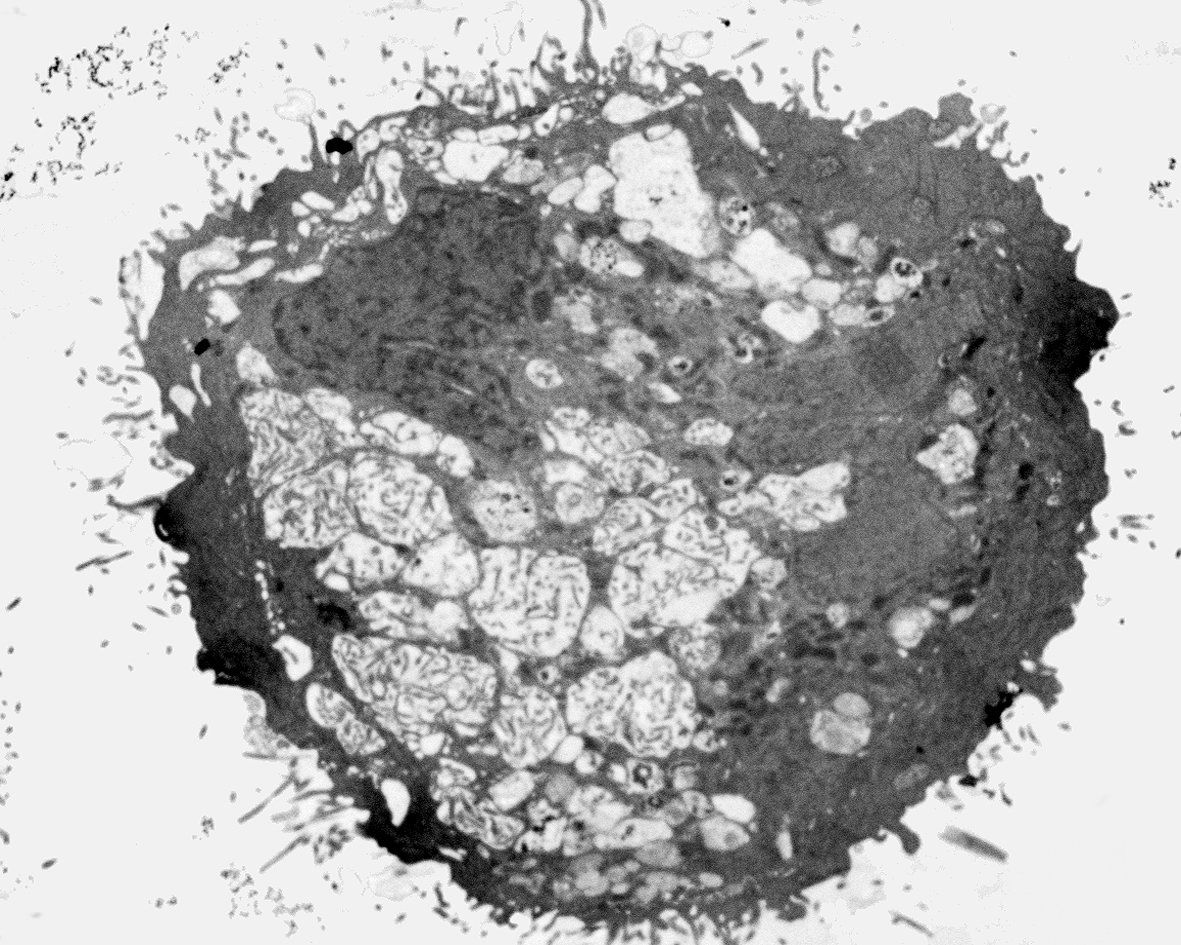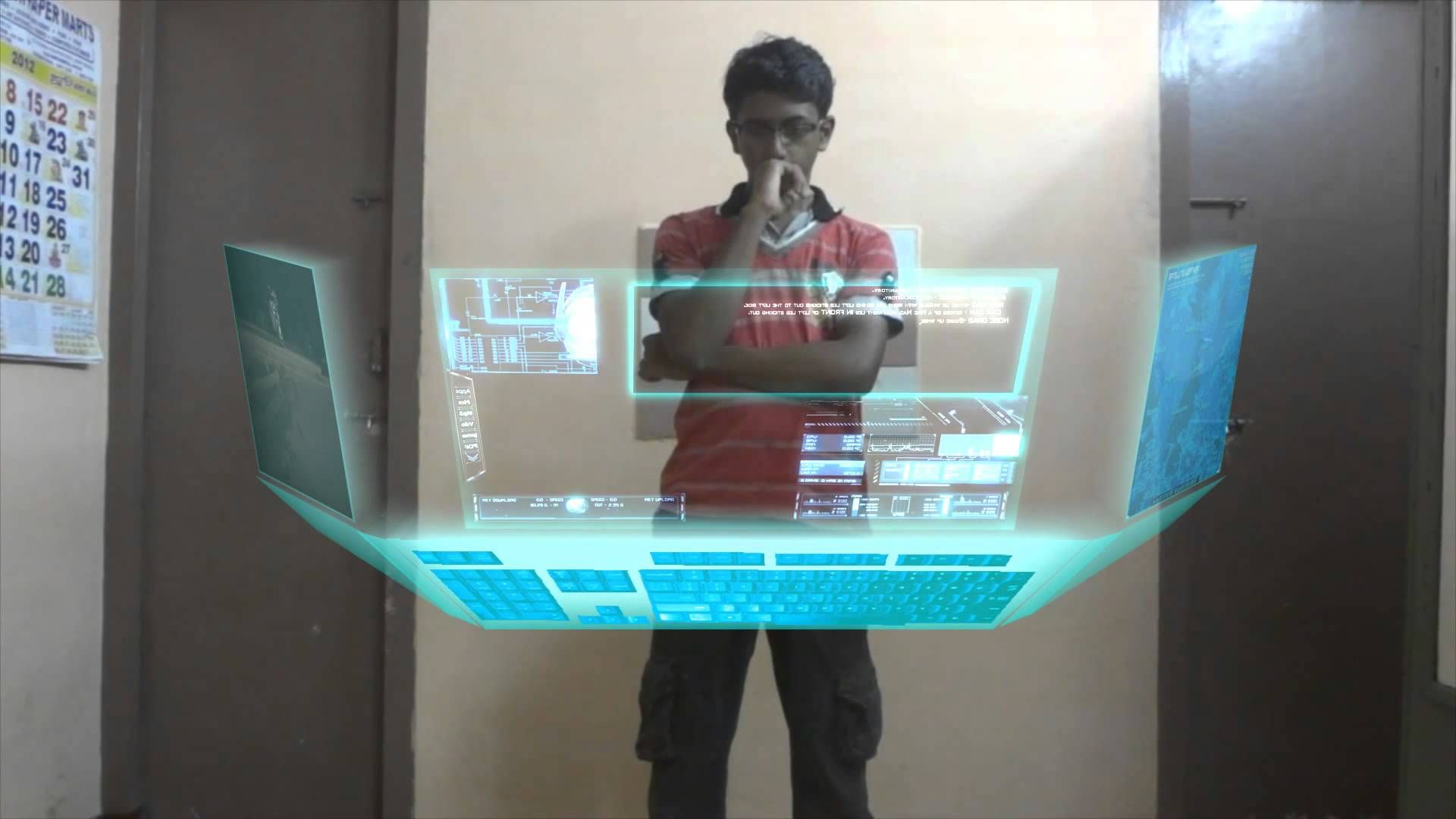Aug 16, 2018
Two Industries in One Field
Posted by Steve Hill in categories: biotech/medical, engineering, life extension
Now that we are starting to see the arrival of actual therapies aimed at targeting the processes of aging directly in order to prevent age-related diseases, it has become easier to separate two very distinct groups.
The first group consists of the snake oil salesmen peddling unproven supplements and therapies to whoever is foolish enough to buy and take things on faith without using the scientific method. The hucksters have long been a plague on our field, preying on the gullible and tainting legitimate science with their charlatanry and nonsense. One example is the “biotech company” that makes bold claims yet never delivers on those claims in practice, offering data based on poorly designed experiments and tiny cohorts that are statistically irrelevant; another example is the supplement peddler selling expensive supplement blends with flashy names, which, on inspection, turn out to be commonly available herbs and minerals mixed and sold at a high markup. These sorts of people have plagued our community and given the field a reputation of snake oil.
The second group are the credible scientists, researchers, and companies who have been working on therapies for years and sometimes more than a decade. Many of these therapies are following the damage repair approach advocated by Dr. Aubrey de Grey of the SENS Research Foundation over a decade ago. The basic idea is to take an engineering approach to the damage that aging does to the body and to periodically repair that damage in order to keep its level below that which causes pathology. These therapies are now starting to arrive, with some already in human trials right now, and this marks a milestone in our field: the credible science has finally outstripped the snake oil, and the focus can move from pseudoscience to real, evidence-based science.



















